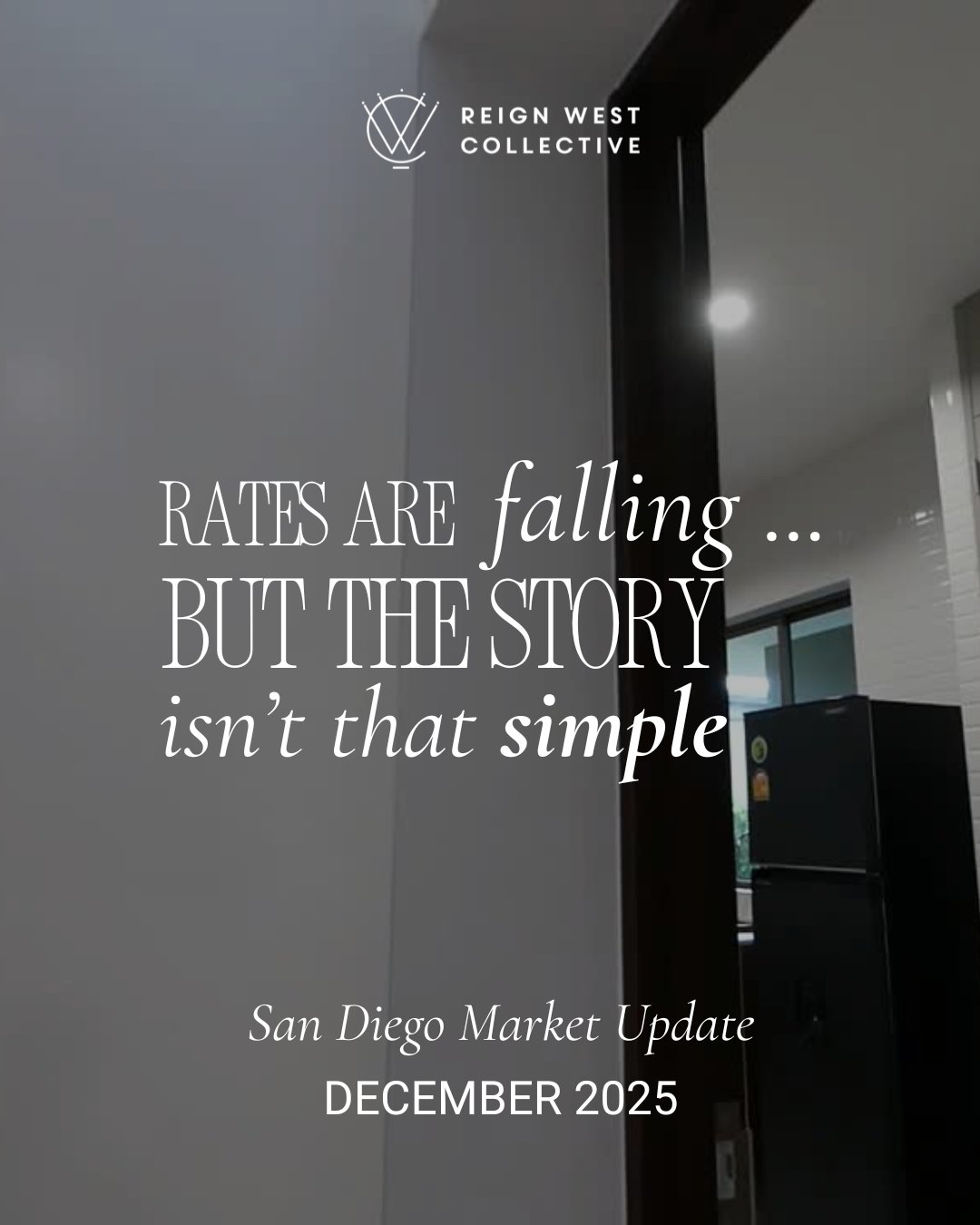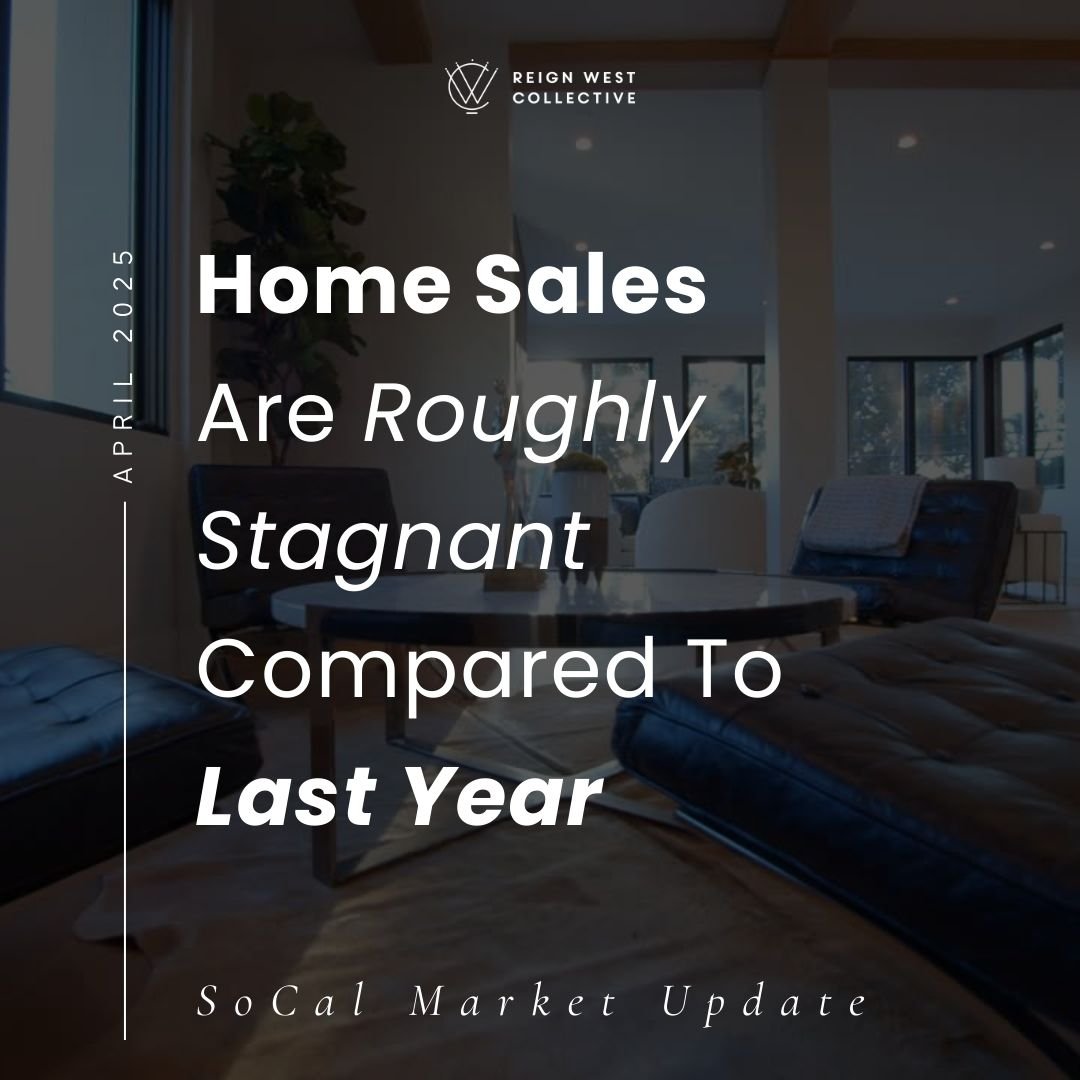Demystifying Mello-Roos: Your Guide to Homebuying in California


When embarking on the journey of homeownership, potential buyers are often faced with a myriad of financial terms and concepts, one of which is "Mello-Roos." This unique funding mechanism has a significant impact on certain residential properties in the United States, particularly in California. In this blog, we will delve into what Mello-Roos is, how it works, and its implications for homebuyers.
What is Mello-Roos?
Mello-Roos, short for "Community Facilities Districts" (CFDs), is a type of special taxing district created by California's Proposition 13 in 1978. The term itself originates from the surnames of the two legislators who authored the legislation: Senator Henry Mello and Assemblyman Mike Roos. The purpose of Mello-Roos is to provide additional funding for public infrastructure and community facilities in newly developed or redeveloped areas.
How does Mello-Roos work?
When a new housing development or redevelopment project is established, the local government may lack the necessary funds to finance the construction of public facilities, such as schools, parks, roads, and other necessary infrastructure. To bridge this funding gap, the developers may impose a Mello-Roos tax on the property owners within the designated area.
The Mello-Roos tax is usually a fixed annual amount, but it can also be structured as a variable tax based on factors such as property value or square footage. These taxes are collected in addition to regular property taxes and are typically levied for a set period, often 20 to 40 years. The revenue generated from Mello-Roos taxes is used to repay bonds issued to finance the infrastructure projects.
What do Mello-Roos taxes cover?
The funds generated from Mello-Roos taxes are earmarked for specific purposes, including but not limited to:
Pros and Cons for Homebuyers
Pros:
Cons:
Mello-Roos, as a special taxing district, plays a crucial role in financing public infrastructure and community facilities in new or redeveloped areas of California. While it brings about several advantages, such as enhanced community amenities and faster development, it also imposes additional financial responsibilities on homebuyers.
As a prospective homebuyer, it is essential to thoroughly research and understand the specific Mello-Roos obligations associated with a property. Consulting with a knowledgeable real estate agent or financial advisor can help you make an informed decision and ensure that you are prepared for the financial implications of Mello-Roos taxes before making your investment.
Stay up to date on the latest real estate trends.

December 20, 2025

November 21, 2025

October 23, 2025

September 18, 2025

August 23, 2025

July 17, 2025

June 18, 2025

May 16, 2025

April 18, 2025
You’ve got questions and we can’t wait to answer them.